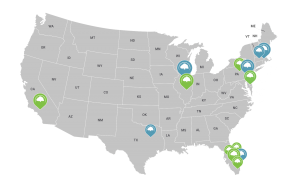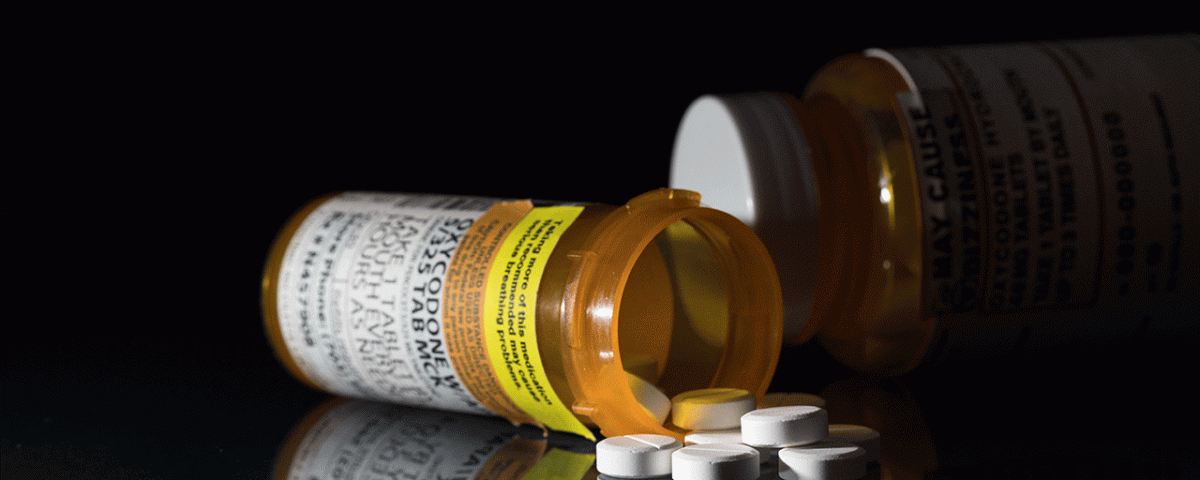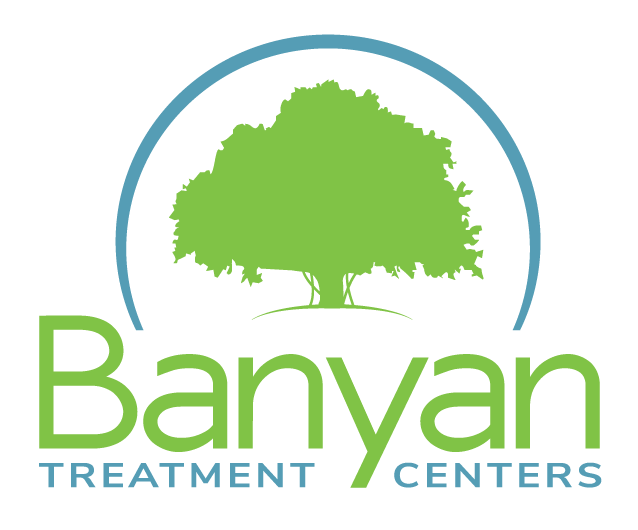Oxycodone is an opioid or narcotic that’s known by brand names like Xtampza ER, Oxaydo, Roxicodone, and Oxycontin.
As a narcotic, oxycodone is used to treat moderate to severe pain. Unfortunately, like other opioids, oxycodone is highly potent and addictive, and many people who start off taking a prescribed amount of oxycodone end up abusing the drug and becoming addicted. But why does this happen? How do people get addicted to oxycodone?
How Do You Get Addicted To Oxycontin?
The best way to determine how people get addicted to oxycodone is by answering this question: why is oxycodone addictive? Opioids are most addictive when they’re taken in ways they’re not meant to be taken.
For instance, a person increases their risk of addiction if they take higher doses of their prescribed opioids than recommended or if they mix them with other drugs or alcohol. These drug-taking behaviors are designed to intensify the side effects of the drug, contributing to a euphoric high.
Let’s get into the science behind oxy addiction. Addiction is the compulsive, uncontrollable use of drugs despite the negative consequences that may occur.
Oxycodone is addictive because of its effects on neurotransmitters in the brain, particularly dopamine. Generally, opioids work by attaching themselves to opioid receptors located on the surface of nerve cells in the brain and spinal cord (central nervous system) and other areas like the gut.
These receptors are associated with pain and pleasure, and by attaching themselves to these receptors, opioids can block pain signals from the body. However, addiction mostly occurs from the effects of oxycontin use.
Opioids trigger the excess flow of dopamine from one neuron to another, contributing not only to pain relief but also to a sense of well-being. When used little by little, as prescribed, oxycodone can produce pain relief. However, when crushed and snorted, chewed, or taken with other drugs or alcohol, oxycodone produces a sudden rush of dopamine, flooding the central nervous system and producing a euphoric high. In addition to oxycodone’s effect on dopamine, addiction can also occur as a result of physical dependence.
Oxycontin physical dependence can occur in anyone, even in people who take the drug regularly. Dependence is when the body becomes accustomed to a certain amount of a drug. People who take medications regularly and for long periods often become accustomed to or dependent on certain doses to experience relief. Although physical dependence does not mean that someone is addicted to a drug, it is a risk factor for drug abuse.
Those who feel as if their prescribed medications aren’t alleviating their symptoms may take more doses without consulting their doctors first, increasing their risk of addiction. Those who become addicted to oxycodone are also at an increased risk of suffering from an opioid overdose, which can potentially be fatal.
If your oxycontin use has gotten out of hand, our Milford rehab recommends a detox for prescription drugs to help flush the medication out of your system so you can physically recover.
How Long To Get Addicted To Oxy?
It may take a couple of weeks for someone to become physically dependent on oxycodone, but that varies by person. How quickly someone becomes addicted to oxycodone depends on factors like frequency of use, doses taken, family history of addiction, and use of other drugs or alcohol.
However, we also know that even those who take prescription opioids directed regularly and for long periods can develop physical dependence, which is a risk factor for addiction. Other factors such as the family history of drug use and existing mental illness can also increase the likelihood of drug abuse.
Whether genetically or through learned behavior, those who grow up in households where drug use was common or had close relatives with drug problems are at an increased risk of developing a drug problem themselves. Additionally, many people with mental illnesses like depression and anxiety turn to drugs to alleviate their symptoms, developing an addiction that will co-exist with their current condition.
Those who abuse their prescription opioids are not only at an increased risk of developing an addiction to their medications, but they’re also more likely to turn to harder drugs - like heroin - to feed their developing tolerance. It’s important to note that nearly half of those who use heroin started abusing prescription opioids first.
If you’ve hit this point, look into our medical detox in Delaware to find out how you can combat the physical effects of addiction before you hit rock bottom. While recovery from oxycodone addiction is possible, it’s not easy.
Oxycodone Addiction Symptoms
Taking more than the prescribed dose, taking the drug for longer than recommended, and ingesting the drug through chewing, snorting, injecting, or with other substances all count as Oxycontin abuse. Engaging in these forms of drug-taking behavior can all lead to addiction.
The longer an addiction persists, the more difficult it will be for the person to recover and stay sober. Paying attention to the signs of oxy use can help you identify this issue early on, increasing the chances of making a full recovery.
Common Kratom withdrawal symptoms include:
Behavioral signs:
- Doctor shopping (going to different doctors for more prescriptions)
- Asking friends, families, and coworkers for their pills
- Stealing money or committing fraud to get money for pills
- Withdrawing from loved ones
- Decreased performance at school or work
- Spending time with people who also engage in substance abuse
- Legal problems
- Financial problems from spending money on drugs
- Stealing or borrowing narcotics from friends, family, or coworkers
- Crushing or chewing pills for a greater high
- Engaging in risky behaviors when under the influence
- Preoccupation with obtaining, using, and recovering from the effects of oxycodone
- Neglecting personal hygiene
- Neglecting personal responsibilities
- Panic attacks
- Depression
- Paranoia
- Delusions
Physical signs:
- Dilated pupils
- Sedation
- Drowsiness
- Slurred speech
- Impaired judgment and concentration
- Stomach problems
- Constipation
- Nausea and/or vomiting
- Itching and rash
- Excessive sweating
- Dizziness
- Weight loss
- Light-headedness
- Cardiovascular complications
- Trouble breathing
- Hypotension (low blood pressure)
- Slowed heart rate
- Heart attack
- Coma
If so many things can go wrong, why do people like oxycodone? Oxycodone produces a euphoric high when abused, which is why so many people like it.
However, long-term opioid abuse can destroy the mind and body over time. The longer it goes untreated, the more difficult it’ll be for the person to get back on their feet.
Get Help Now
If you recognize oxycodone drug abuse symptoms in yourself or a loved one, don’t wait to reach out for help. Our Delaware drug rehab offers opioid addiction treatment that involves medically assisted detox and therapy to help patients recover from the physical, psychological, and social impact of drug abuse.
You can change your life starting today. Call Banyan Treatment Centers at 888-280-4763 to learn how our Delaware addiction treatment can help.
Related Reading:
List of Opioids Strongest to Weakest
Brorphine HCL: The New Opioid on the Street









